Home>Garden Essentials>How To Make Flax Seed Eggs
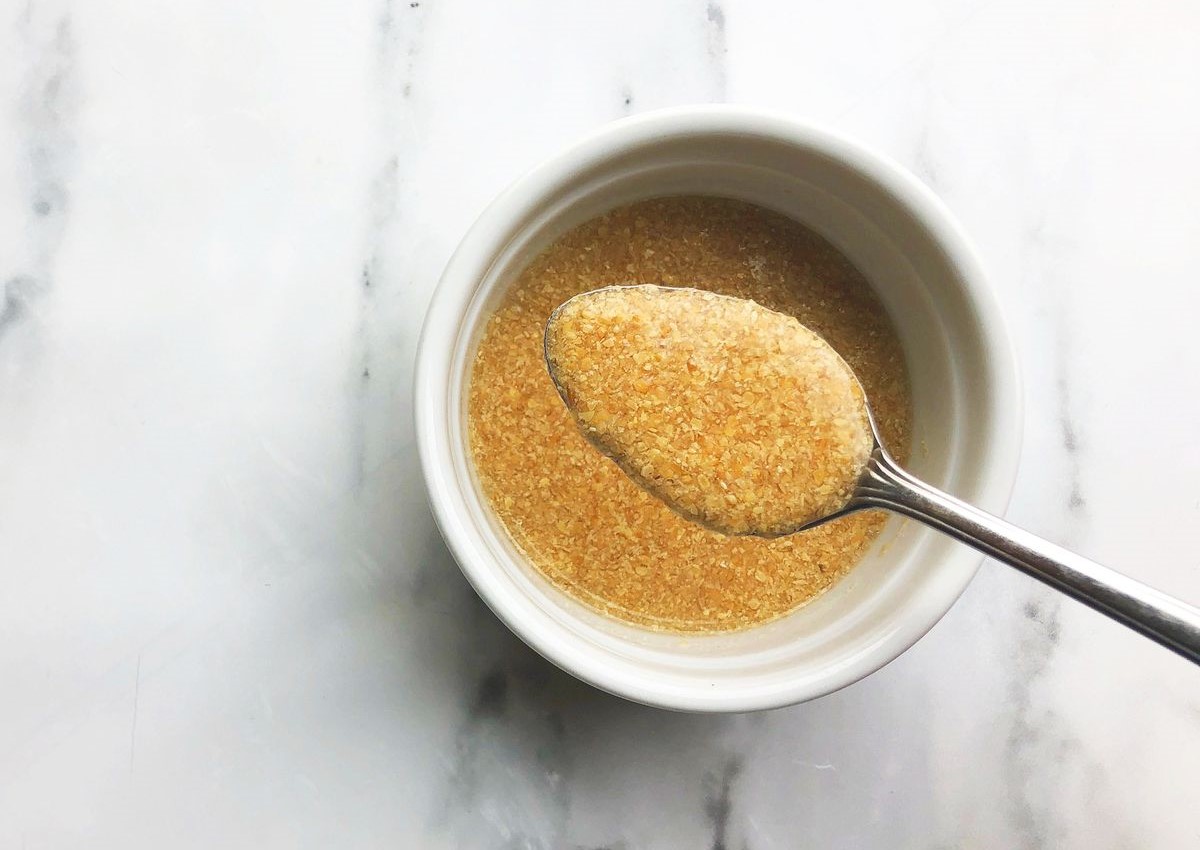

Garden Essentials
How To Make Flax Seed Eggs
Modified: March 24, 2024
Learn how to make flax seed eggs for your garden recipes and discover a sustainable egg substitute with our step-by-step guide.
(Many of the links in this article redirect to a specific reviewed product. Your purchase of these products through affiliate links helps to generate commission for Storables.com, at no extra cost. Learn more)
Introduction
In recent years, the popularity of plant-based egg alternatives has been on the rise. With the increasing number of people adopting vegetarian and vegan diets, finding suitable replacements for eggs in recipes has become a necessity. Whilst there are several egg substitutes available, one that stands out for its nutritional value and versatility is the flax seed egg.
Flax seed eggs are a simple and effective plant-based egg substitute made from ground flax seeds and water. They not only provide a binding and thickening agent in recipes but also offer a wealth of health benefits. In this article, we will explore what flax seed eggs are, their health benefits, how to prepare them, substitution ratios, tips and tricks for using them, and even share some delicious recipes to try.
Whether you are vegan, vegetarian, have dietary restrictions or allergies, or simply want to experiment with different ingredients in your baking and cooking, flax seed eggs are a fantastic option to incorporate into your culinary repertoire. So, let’s dive in and discover the wonders of flax seed eggs!
Key Takeaways:
- Flax seed eggs are a healthy and sustainable alternative to traditional eggs, rich in omega-3 fatty acids and fiber, perfect for those with dietary restrictions or looking to reduce cholesterol intake.
- Making flax seed eggs is easy – just mix ground flax seeds with water and let it gel. Use warm water, adjust liquid content, and experiment with ratios for best results in your recipes.
Read more: How To Make Flax Seed Gel
What are Flax Seed Eggs?
Flax seed eggs, also known as flax eggs, are a simple, plant-based alternative to traditional eggs in recipes. They are made by combining ground flax seeds with water, which creates a gel-like substance similar to the consistency of eggs. The binding and thickening properties of flax seed eggs make them an excellent substitute in baked goods, such as muffins, cookies, and bread, as well as savory dishes like veggie burgers and meatloaf.
Flax seed eggs get their binding quality from the soluble fiber found in flax seeds. When mixed with water, the soluble fiber forms a gel that can help hold ingredients together and mimic the texture of eggs in various recipes. This makes flax seed eggs particularly useful for vegans, vegetarians, and those with egg allergies or dietary restrictions.
Not only are flax seed eggs a great substitute for eggs in recipes, but they also offer a range of health benefits. Flax seeds are packed with essential nutrients, including omega-3 fatty acids, lignans, and fiber. These nutrients have been linked to improved heart health, reduced inflammation, and better digestion.
Moreover, flax seed eggs are low in cholesterol and saturated fats, making them a healthier alternative to traditional eggs, which are relatively high in cholesterol and saturated fats. This makes flax seed eggs a popular choice for individuals aiming to maintain or improve their cardiovascular health or reduce their intake of animal products.
In addition to their nutritional benefits, flax seed eggs are also environmentally friendly. By using flax seed eggs instead of traditional eggs, you can help reduce the demand for conventional eggs and contribute to a more sustainable food system.
Now that we understand what flax seed eggs are and their benefits, let’s explore how to prepare them and use them as a substitute for eggs in various recipes.
Health Benefits of Flax Seed Eggs
Flax seed eggs not only provide a suitable replacement for traditional eggs in recipes, but they also offer a range of health benefits. Let’s take a closer look at some of the reasons why flax seed eggs are a nutritious choice:
- Rich in Omega-3 Fatty Acids: Flax seeds are one of the best plant sources of omega-3 fatty acids, specifically alpha-linolenic acid (ALA). Omega-3 fatty acids are essential for brain health, reducing inflammation, and promoting heart health.
- High in Fiber: Flax seeds are an excellent source of dietary fiber, both soluble and insoluble. Fiber plays a crucial role in regulating digestion, supporting healthy gut bacteria, and promoting feelings of fullness, which can aid in weight management.
- Packed with Nutrients: Flax seeds are rich in essential vitamins and minerals, including magnesium, potassium, and vitamin B6. These nutrients support overall health and play a vital role in various bodily functions.
- Contain Lignans: Flax seeds are the richest dietary source of lignans, a type of phytoestrogen. Lignans have antioxidant and hormone-balancing properties and have been linked to a reduced risk of certain cancers, such as breast and prostate cancer.
- Heart-Healthy: Consuming flax seed eggs instead of traditional eggs can help reduce cholesterol levels due to their low cholesterol content and high fiber content. This, in turn, may support heart health and reduce the risk of cardiovascular diseases.
It’s important to note that although flax seed eggs offer these health benefits, they should be consumed as part of a balanced diet and not solely relied upon for meeting all nutritional needs.
Now that we understand the health benefits of flax seed eggs, let’s move on to how we can prepare them in our recipes.
How to Prepare Flax Seed Eggs
Preparing flax seed eggs is incredibly simple and requires just two ingredients: ground flax seeds and water. Here is a step-by-step guide on how to make flax seed eggs:
- Grind the Flax Seeds: Start by grinding the flax seeds into a fine powder using a coffee grinder or a high-speed blender. Freshly ground flax seeds are recommended to ensure optimal freshness and maximum nutrient absorption.
- Mix with Water: In a small bowl, combine 1 tablespoon of ground flax seeds with 3 tablespoons of water. Mix well to ensure that the ground flax seeds are evenly distributed throughout the water.
- Let it Gel: Allow the mixture to sit for about 5-10 minutes or until it thickens and becomes gel-like. This gelling process is essential as it helps mimic the binding properties of eggs in recipes.
That’s it! You now have flax seed eggs ready to be used as a substitute for traditional eggs in your favorite recipes. It’s important to note that the texture and consistency of flax seed eggs may not be exactly the same as eggs, but they provide a suitable binding agent and ensure excellent results in most baking recipes.
Now that you know how to prepare flax seed eggs, let’s move on to understanding the substitution ratio for replacing eggs with flax seed eggs in recipes.
To make a flax seed egg, mix 1 tablespoon of ground flax seeds with 3 tablespoons of water and let it sit for 5 minutes until it becomes gel-like. Use it as a replacement for one egg in recipes.
Flax Seed Egg Substitution Ratio
When using flax seed eggs as a substitute for traditional eggs in recipes, it’s crucial to know the appropriate substitution ratio. Generally, the ratio is 1 tablespoon of ground flax seeds mixed with 3 tablespoons of water to replace one egg. However, this ratio can vary slightly depending on the specific recipe and desired texture.
Here’s a guideline to help you determine the flax seed egg substitution ratio for different quantities of eggs:
- 1 Egg: Mix 1 tablespoon of ground flax seeds with 3 tablespoons of water.
- 2 Eggs: Double the above quantities by using 2 tablespoons of ground flax seeds with 6 tablespoons of water.
- 3 Eggs: Triple the initial quantities by using 3 tablespoons of ground flax seeds with 9 tablespoons of water.
It’s important to note that the substitution ratio may work well for most recipes, especially in baked goods. However, in some recipes that heavily rely on the structure provided by eggs, such as soufflés or meringues, flax seed eggs may not be the best substitute. In such cases, seeking alternative egg replacements, such as aquafaba or commercial egg replacers, may yield better results.
Now that you understand the flax seed egg substitution ratio, let’s move on to some helpful tips and tricks for using flax seed eggs in your recipes.
Read more: How To Make A Chia Seed Egg
Tips and Tricks for Using Flax Seed Eggs
Using flax seed eggs as a substitute for traditional eggs requires a bit of finesse. Here are some tips and tricks to help you achieve the best results when using flax seed eggs in your recipes:
- Grind Fresh: For the best texture and flavor, grind flax seeds fresh right before using them. This helps preserve the nutrients and ensures optimal freshness.
- Use Warm Water: When mixing flax seeds with water, use warm or hot water. This can help the mixture thicken and gel more quickly.
- Allow for Gelling Time: Give the flax seed mixture enough time to gel and thicken. Waiting at least 5-10 minutes allows the mixture to reach a consistency closer to that of eggs.
- Adjust Liquid Content: Keep in mind that when using flax seed eggs, it may be necessary to adjust the liquid content of your recipe slightly. Flax seeds absorb moisture, so increasing the liquid slightly may help maintain the desired consistency of the final product.
- Experiment with Ratios: The 1:3 ratio of ground flax seeds to water is a general guideline, but you can experiment with the ratio to achieve the desired texture in your recipes. Adding a bit more or less water can create variations in the final outcome, allowing you to tailor it to your preference.
- Combine with Other Binders: If you find that flax seed eggs alone do not provide enough binding power, consider combining them with other binders like mashed bananas, applesauce, or nut butters to enhance the texture and stability of your recipe.
- Use in Baking: Flax seed eggs work wonderfully in baking recipes like muffins, cookies, and bread. They provide moisture, structure, and a slightly nutty flavor that can enhance the overall taste of the baked goods.
- Store Properly: If you have leftover flax seed egg mixture, store it in an airtight container in the refrigerator for up to 24 hours. Be aware that the mixture may lose some of its binding power if stored for too long, so it’s best to use it as soon as possible.
By following these tips and tricks, you can confidently use flax seed eggs as a substitute in your favorite recipes. Now, let’s explore some delicious recipes that incorporate flax seed eggs.
Recipes Using Flax Seed Eggs
Flax seed eggs are a versatile egg substitute that can be used in a wide variety of recipes. Here are a few delicious options to try:
- Flax Seed Egg Pancakes: In a mixing bowl, combine 1 cup of flour, 2 tablespoons of ground flax seeds, 1 tablespoon of sugar, 1 teaspoon of baking powder, and a pinch of salt. In a separate bowl, mix 1 cup of plant-based milk with 1 flax seed egg (1 tablespoon of ground flax seeds mixed with 3 tablespoons of water). Pour the wet ingredients into the dry ingredients and stir until well combined. Cook the pancake batter on a heated and lightly oiled pan, flipping when bubbles form on the surface.
- Flax Seed Egg Banana Bread: Preheat your oven to 350°F (175°C). In a large bowl, mash 3 ripe bananas. Add 1 flax seed egg (1 tablespoon of ground flax seeds mixed with 3 tablespoons of water), 1/3 cup of melted coconut oil, 1/2 cup of sugar, and 1 teaspoon of vanilla extract. Mix well. In a separate bowl, combine 1 1/2 cups of flour, 1 teaspoon of baking soda, and a pinch of salt. Gradually add the dry ingredients to the wet ingredients, mixing until just combined. Pour the batter into a greased loaf pan and bake for approximately 45-55 minutes or until a toothpick inserted into the center comes out clean.
- Flax Seed Egg Veggie Burger: In a food processor, blend 1 can of drained and rinsed black beans, 1/2 cup of bread crumbs, 1 flax seed egg (1 tablespoon of ground flax seeds mixed with 3 tablespoons of water), 1/4 cup of finely chopped onion, 2 cloves of minced garlic, 1 teaspoon of cumin, 1/2 teaspoon of paprika, and salt and pepper to taste. Pulse until the mixture comes together but still has some texture. Shape the mixture into burger patties and grill or pan-fry until cooked through. Serve on a bun with your favorite toppings.
- Flax Seed Egg Chocolate Chip Cookies: In a bowl, cream together 1/2 cup of softened vegan butter or coconut oil with 1/2 cup of packed brown sugar and 1/4 cup of granulated sugar. Add 1 flax seed egg (1 tablespoon of ground flax seeds mixed with 3 tablespoons of water) and 1 teaspoon of vanilla extract, and mix well. In a separate bowl, whisk together 1 1/4 cups of flour, 1/2 teaspoon of baking soda, and a pinch of salt. Gradually add the dry ingredients to the wet ingredients, mixing until combined. Stir in 1/2 cup of dairy-free chocolate chips. Drop rounded tablespoons of dough onto a baking sheet and bake at 350°F (175°C) for approximately 10-12 minutes or until golden brown.
These are just a few examples of the many recipes you can create using flax seed eggs. Whether you’re baking sweet treats or cooking savory dishes, incorporating flax seed eggs can add a plant-based twist to your culinary creations.
Now that you have some recipe ideas, it’s time to experiment in the kitchen and enjoy the benefits of flax seed eggs!
Conclusion
Flax seed eggs are a fantastic plant-based alternative to traditional eggs in recipes. They provide a multitude of health benefits, including being rich in omega-3 fatty acids, high in fiber, and packed with essential nutrients. By using flax seed eggs, you can reduce cholesterol intake and contribute to a more sustainable food system.
Preparing flax seed eggs is quick and easy – just mix ground flax seeds with water and let it gel. The substitution ratio is typically 1 tablespoon of ground flax seeds mixed with 3 tablespoons of water to replace one egg. However, you may need to adjust the ratio based on your recipe and desired texture.
When using flax seed eggs, it’s important to consider a few tips and tricks, such as grinding fresh flax seeds, using warm water, allowing for sufficient gelling time, and adjusting the liquid content in your recipes. Exploring different ratios and combining flax seed eggs with other binders can also enhance the results.
Flax seed eggs can be used in a wide variety of recipes, from pancakes and banana bread to veggie burgers and chocolate chip cookies. They provide moisture, structure, and a slightly nutty flavor to your culinary creations while offering a healthier option for those with dietary restrictions or preferences.
In conclusion, flax seed eggs are a versatile and nutritious egg substitute that can elevate your cooking and baking experiences. By incorporating them into your recipes, you can enjoy delicious and wholesome meals while embracing a plant-based lifestyle. So, why not give flax seed eggs a try in your next culinary adventure?
Frequently Asked Questions about How To Make Flax Seed Eggs
Was this page helpful?
At Storables.com, we guarantee accurate and reliable information. Our content, validated by Expert Board Contributors, is crafted following stringent Editorial Policies. We're committed to providing you with well-researched, expert-backed insights for all your informational needs.
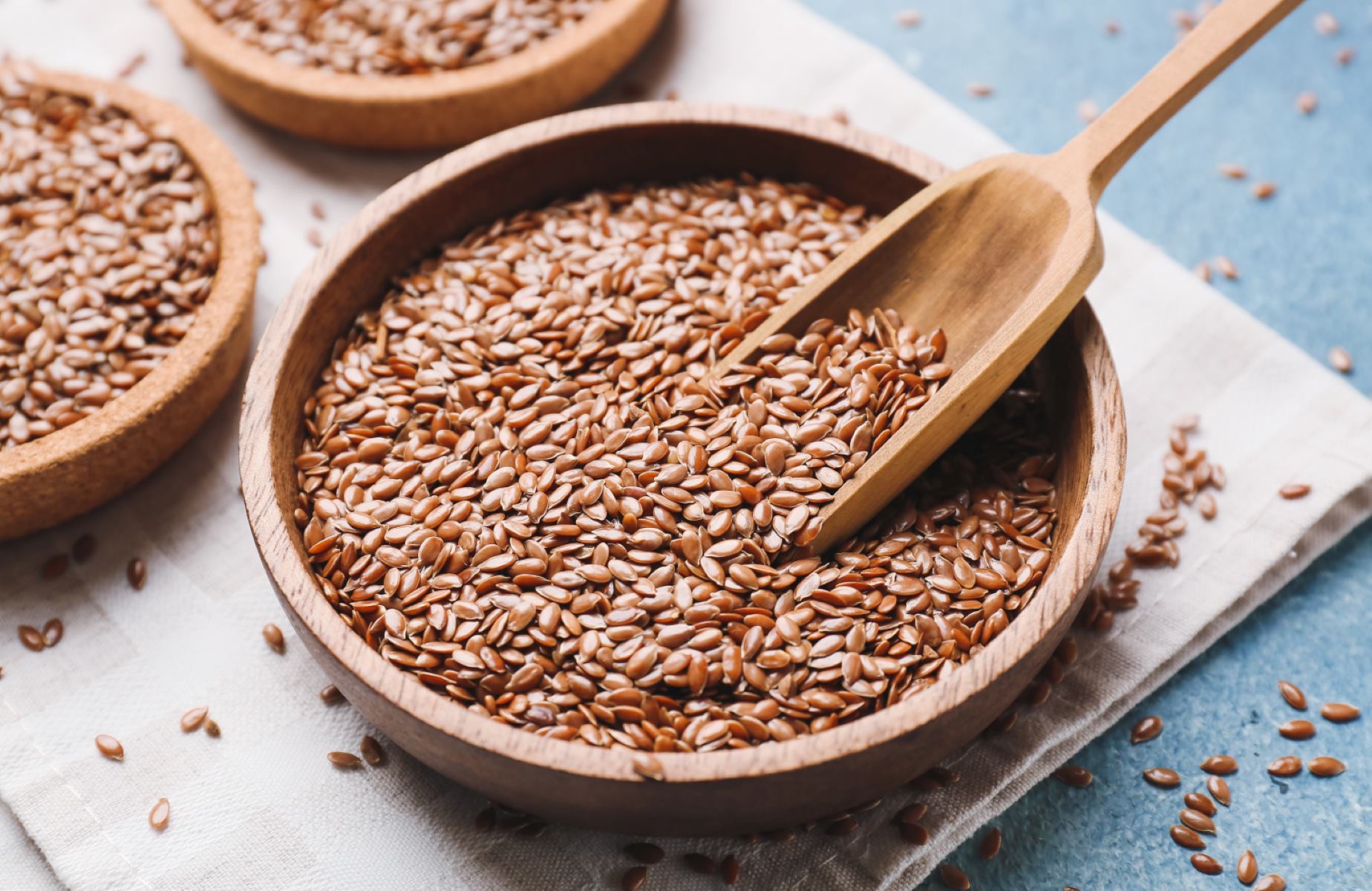
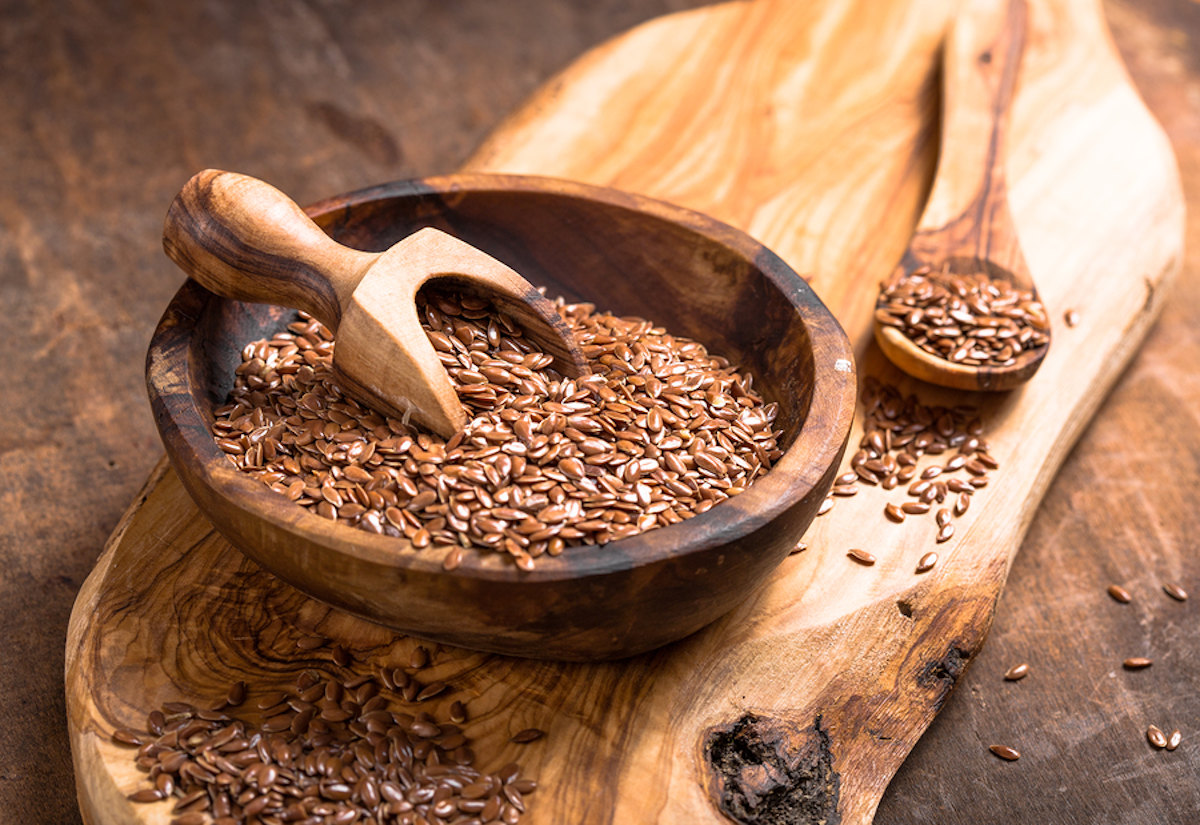
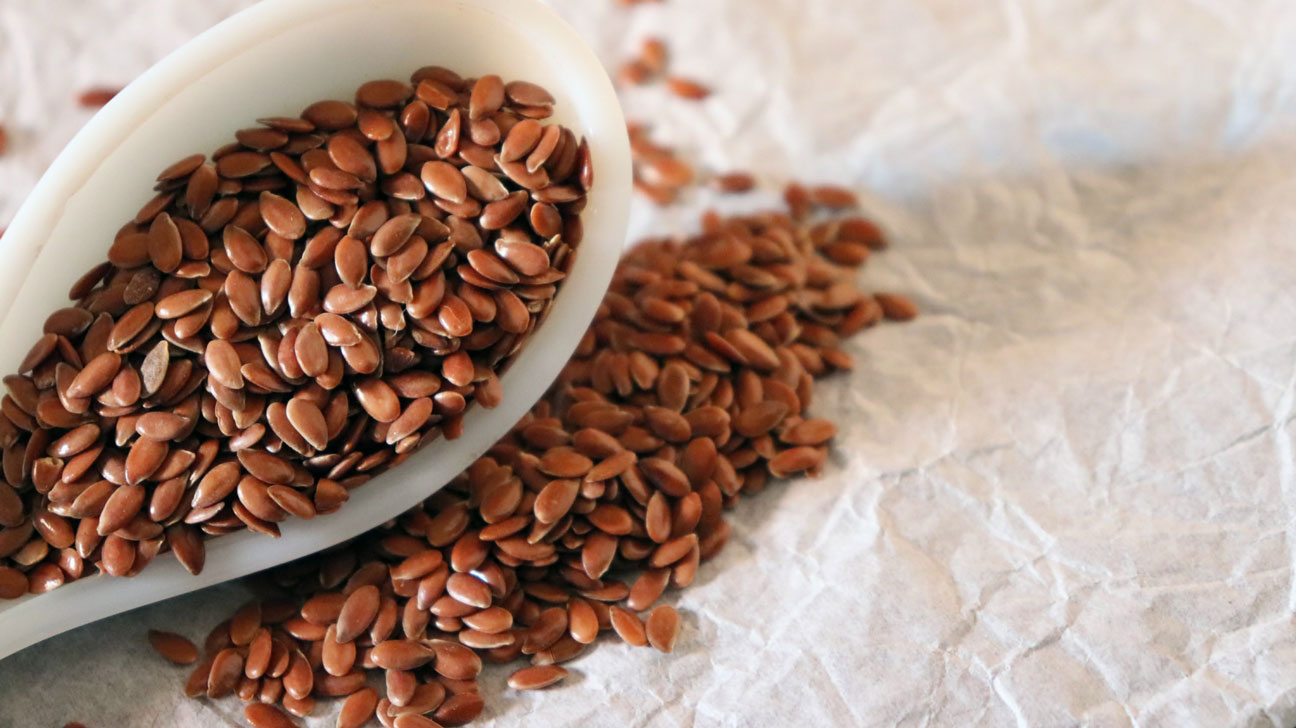
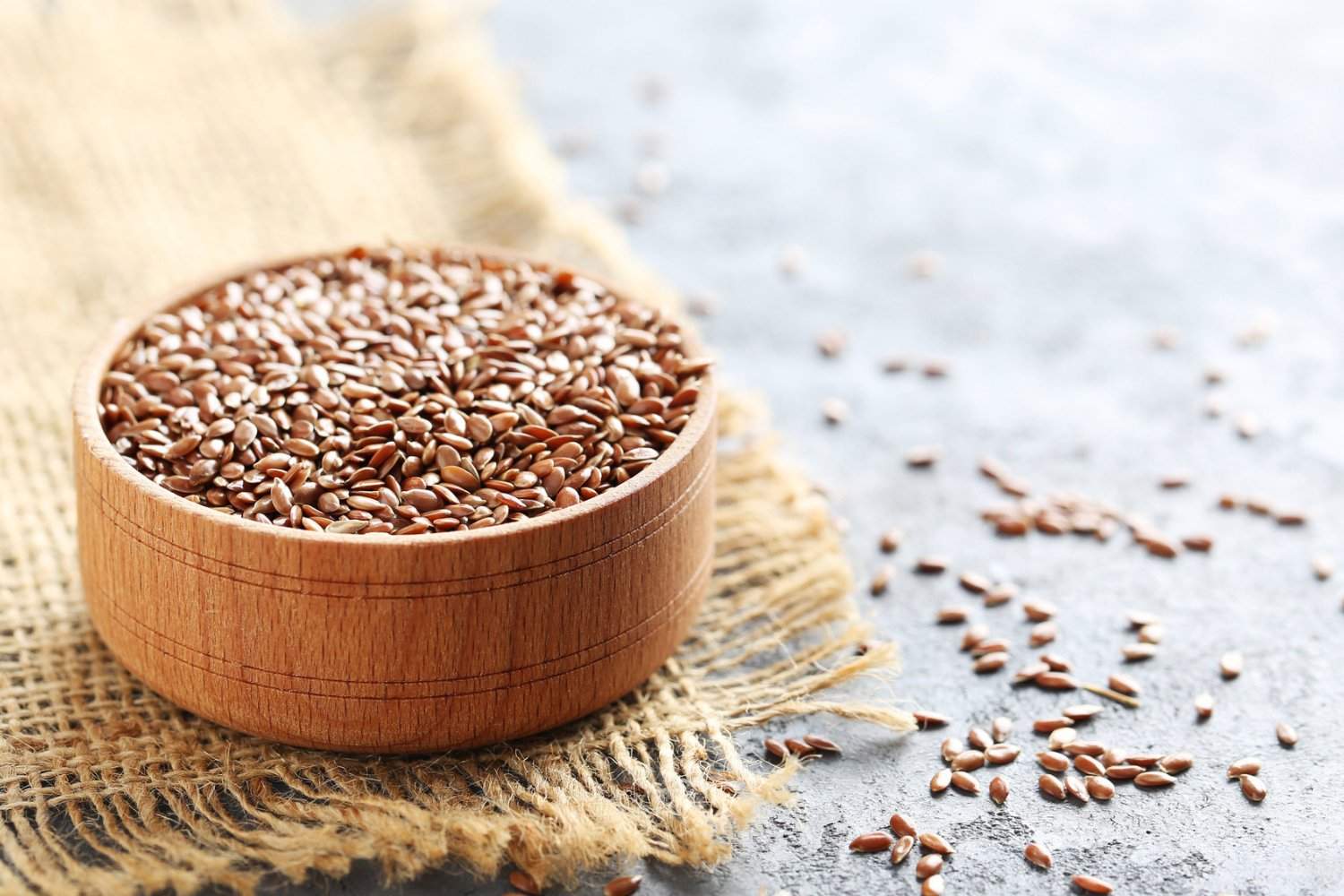
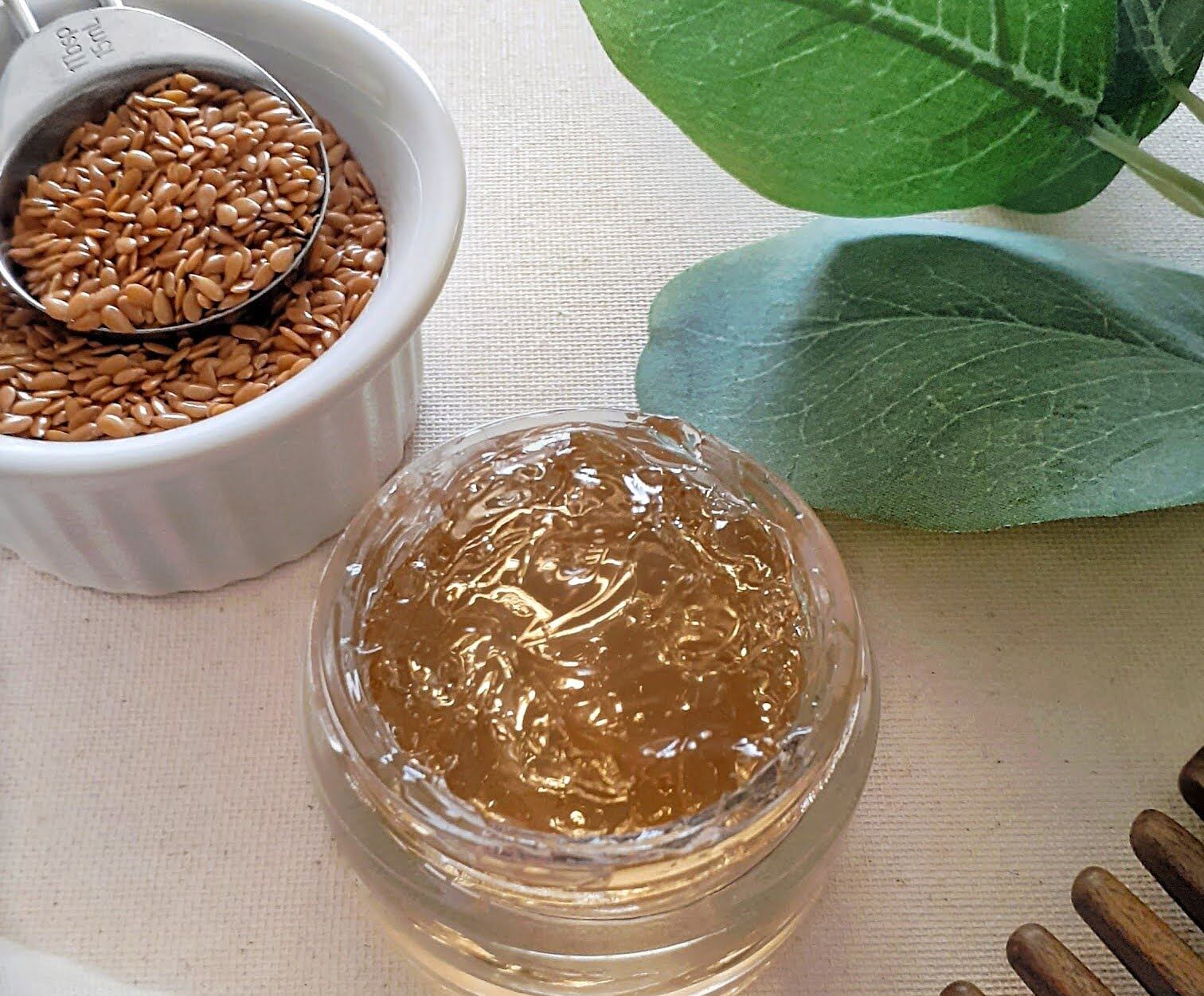
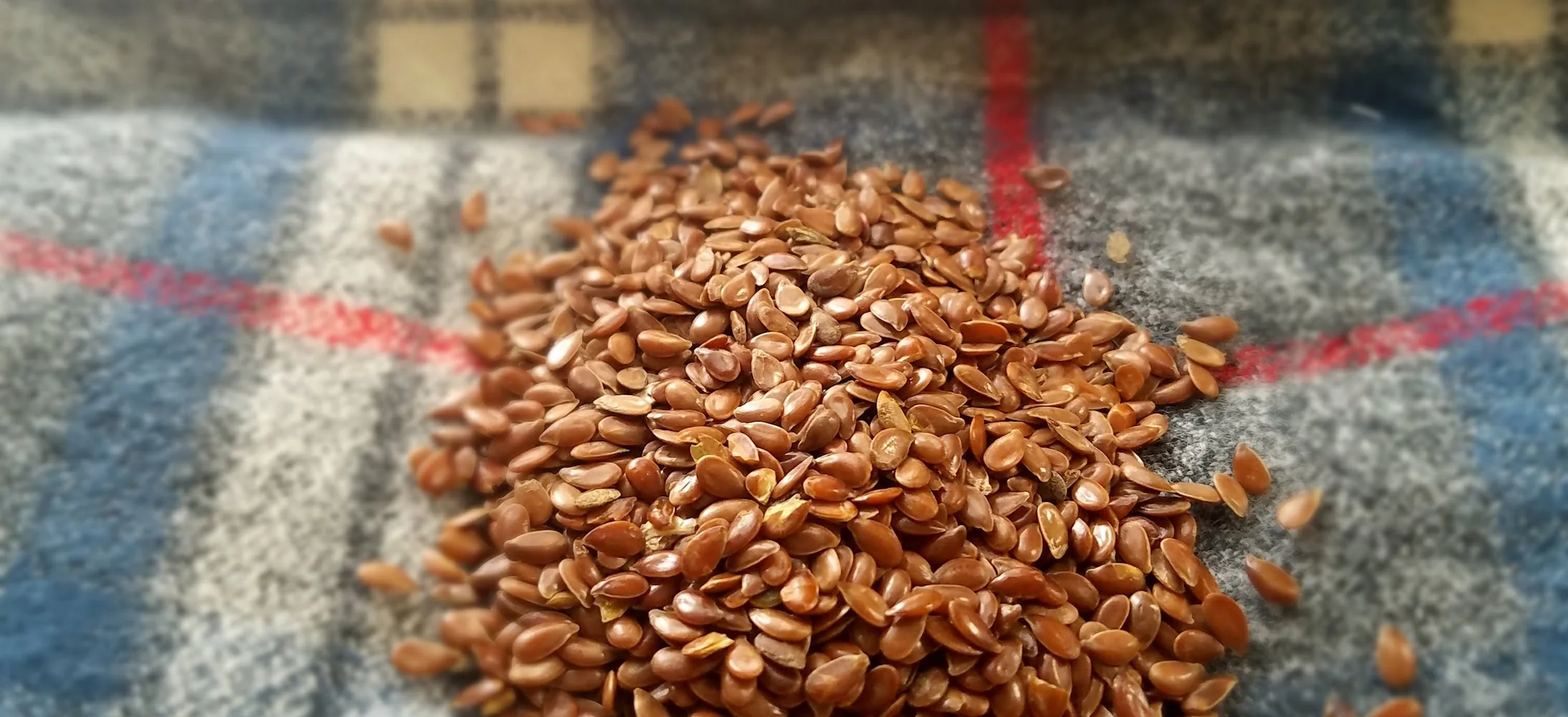
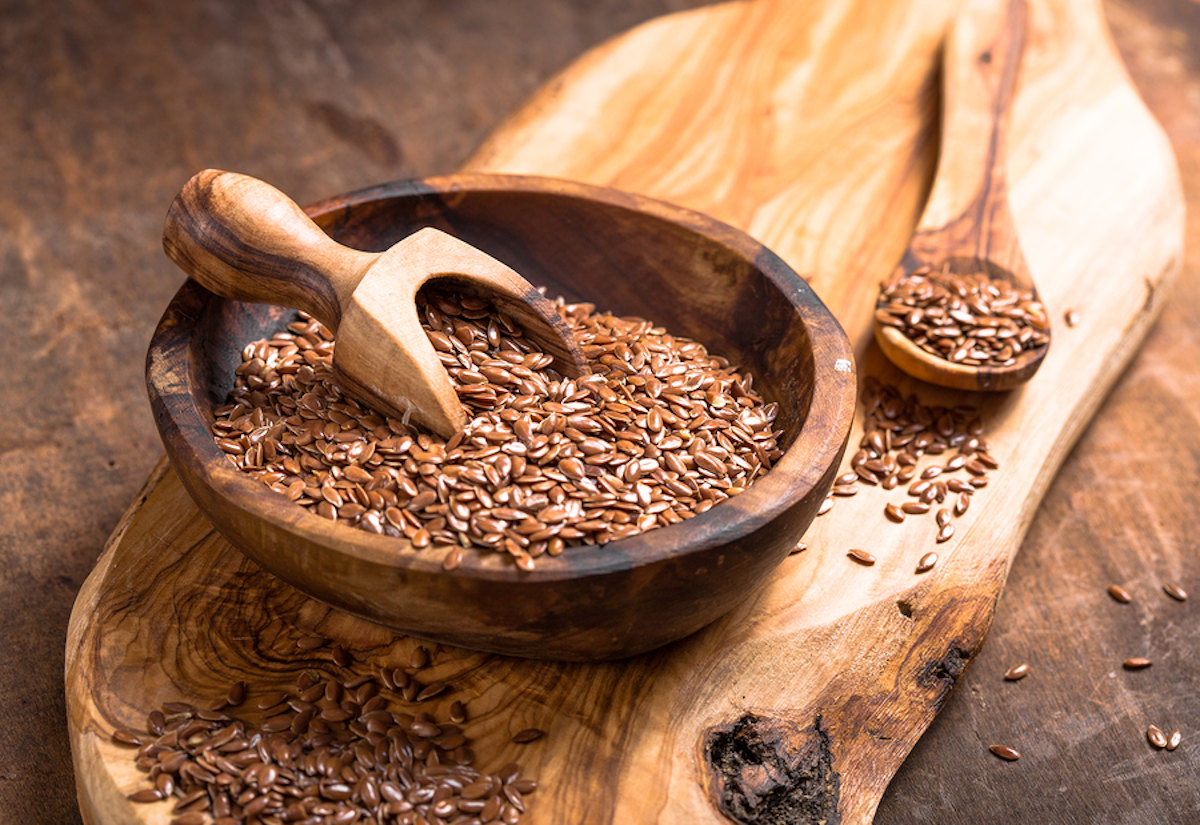
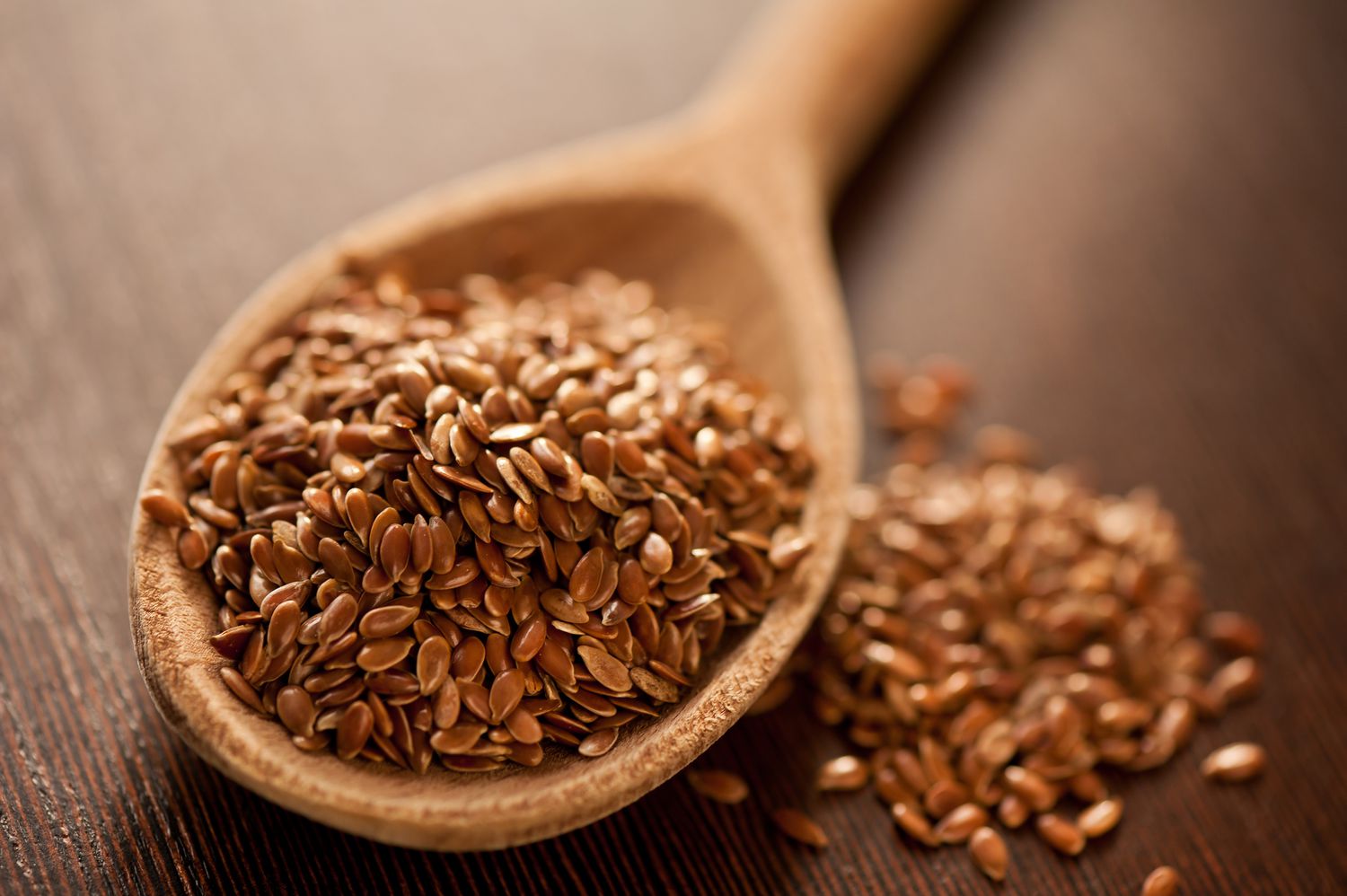
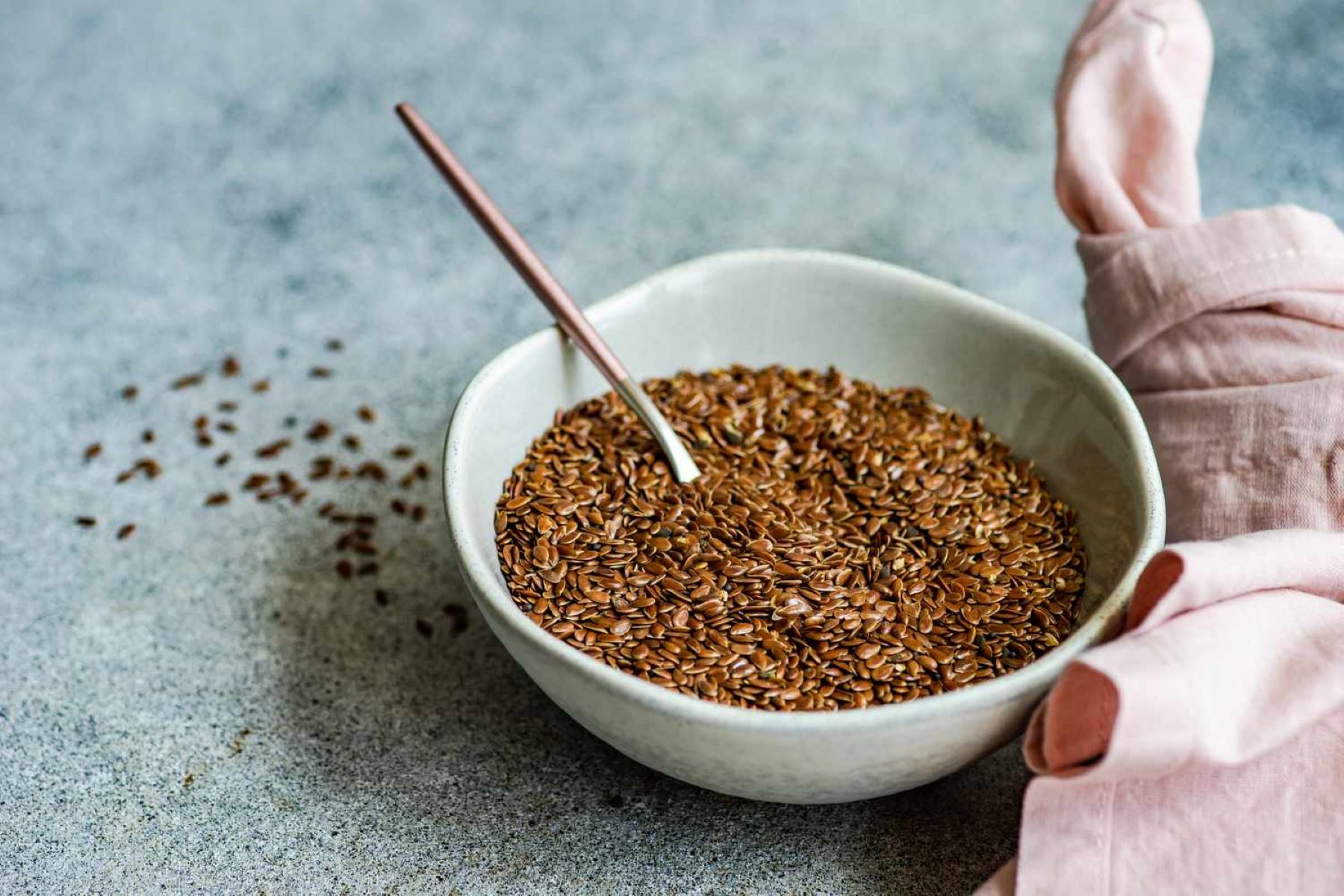
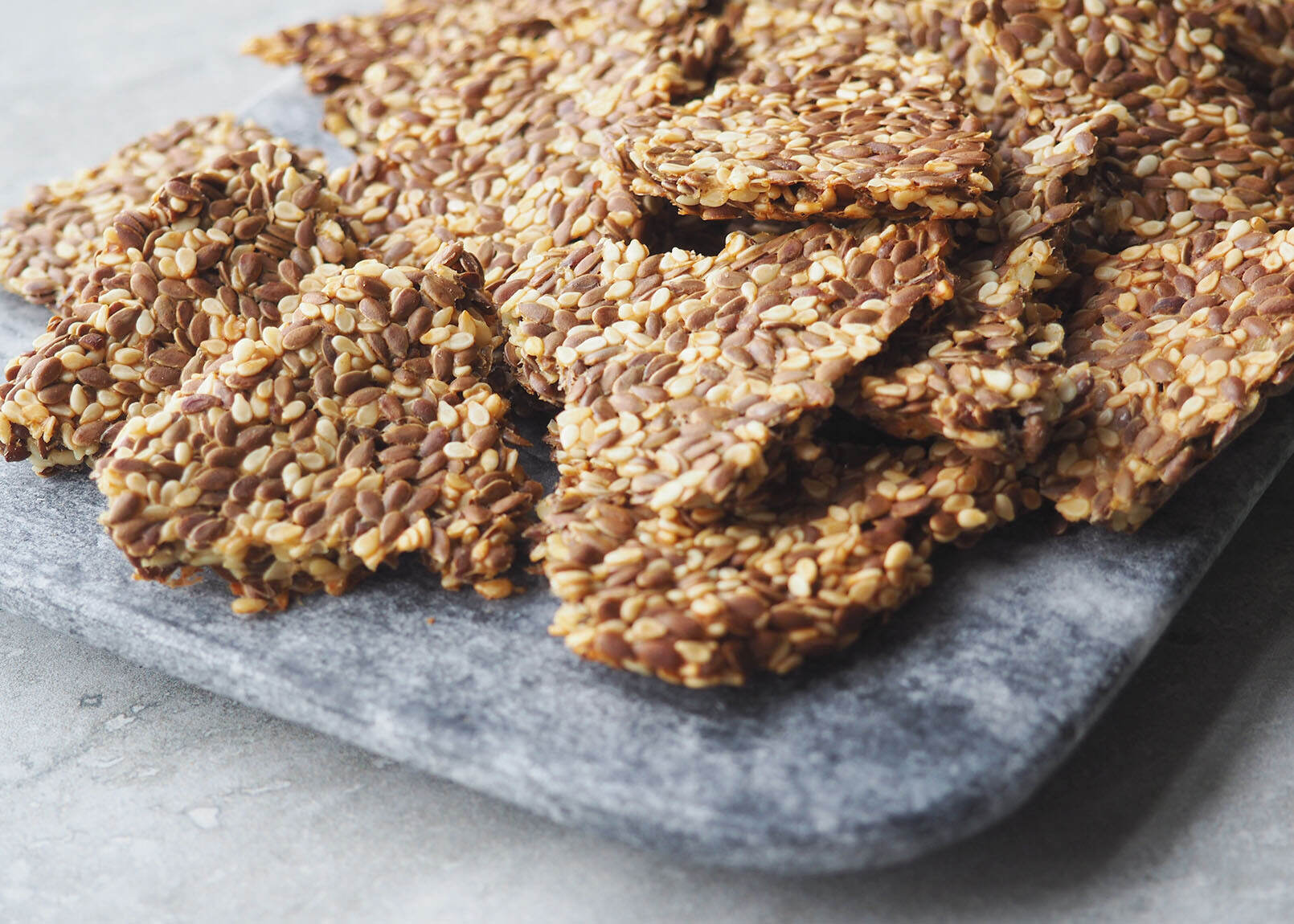
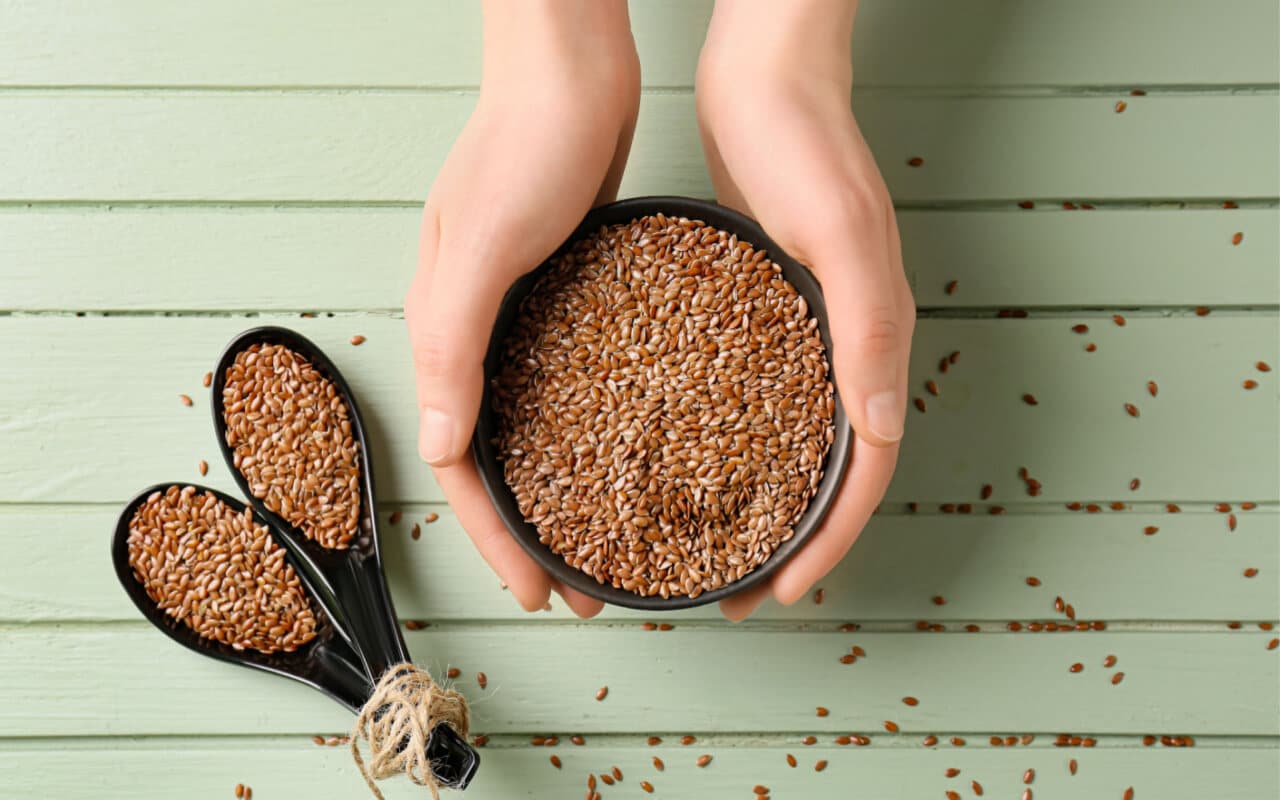
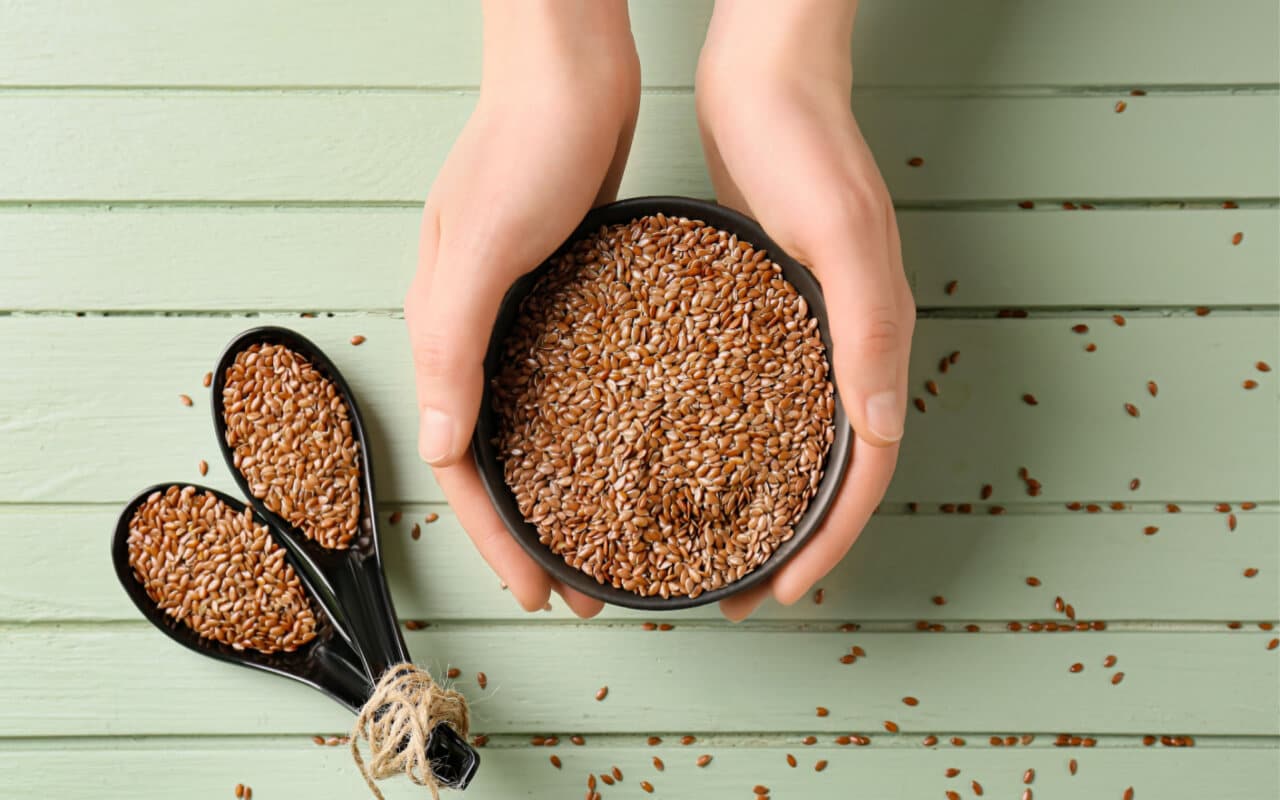
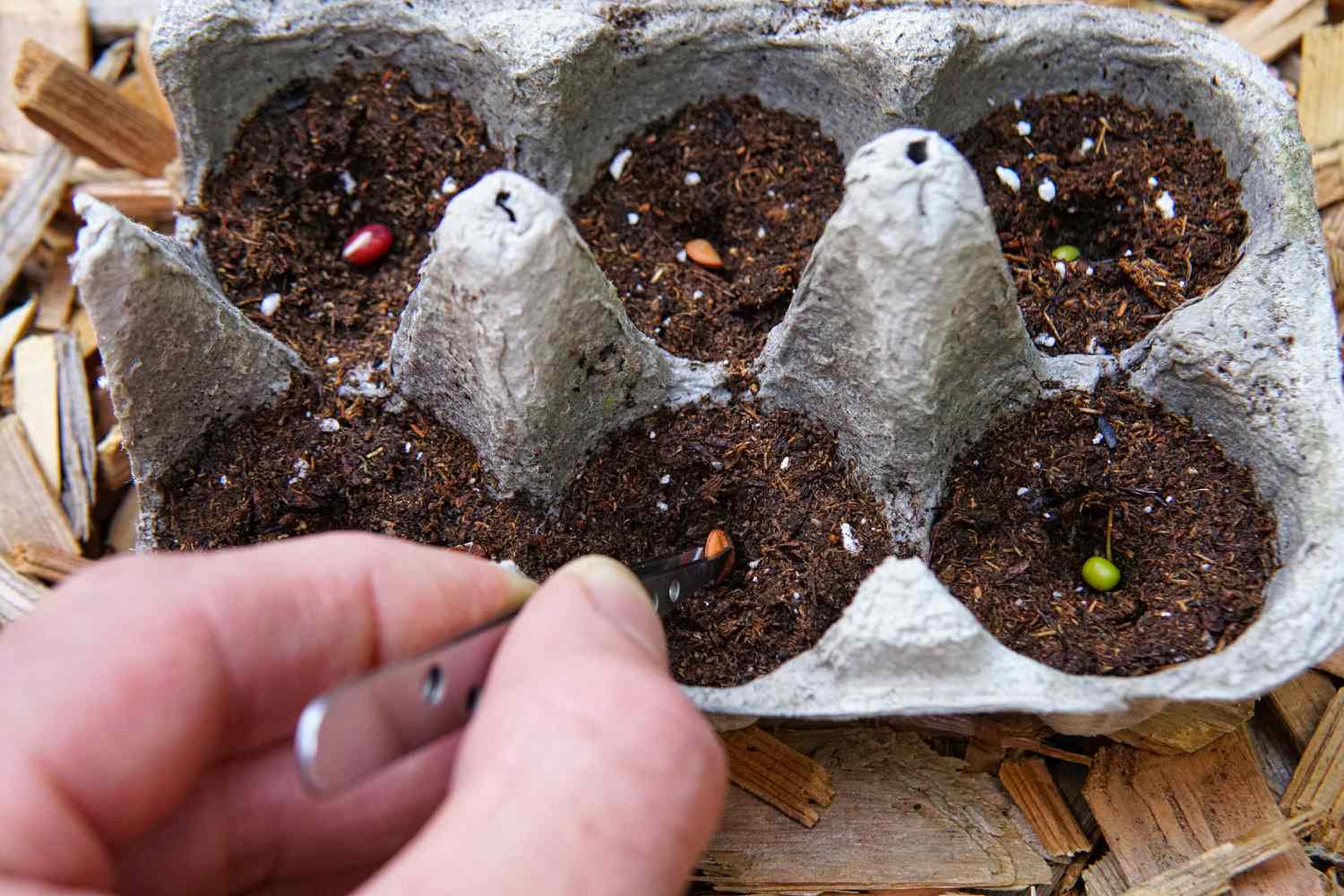


0 thoughts on “How To Make Flax Seed Eggs”